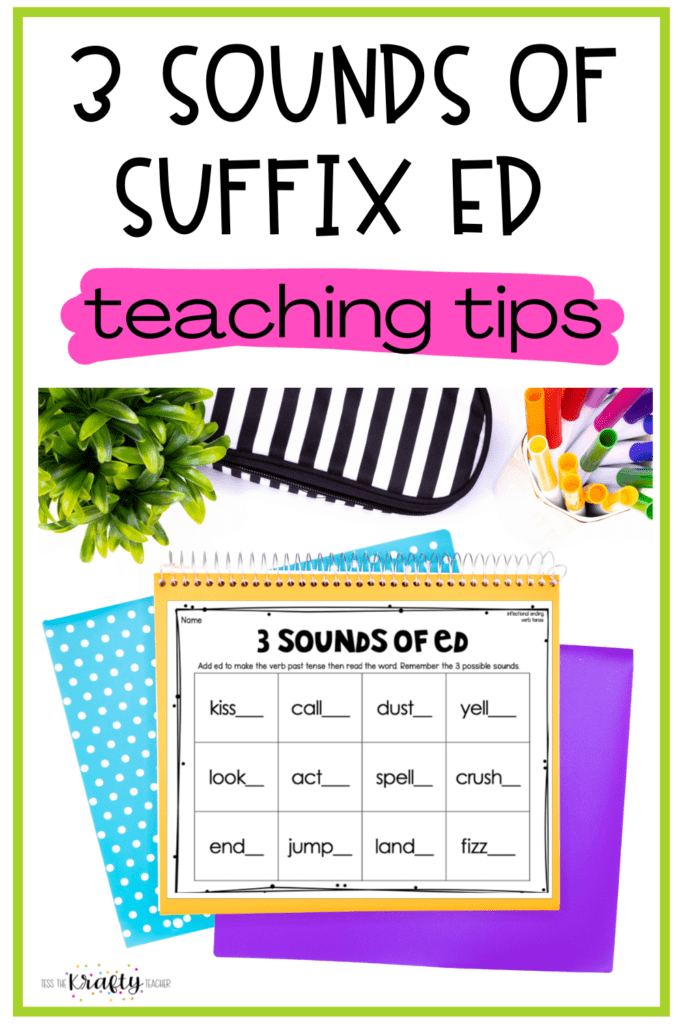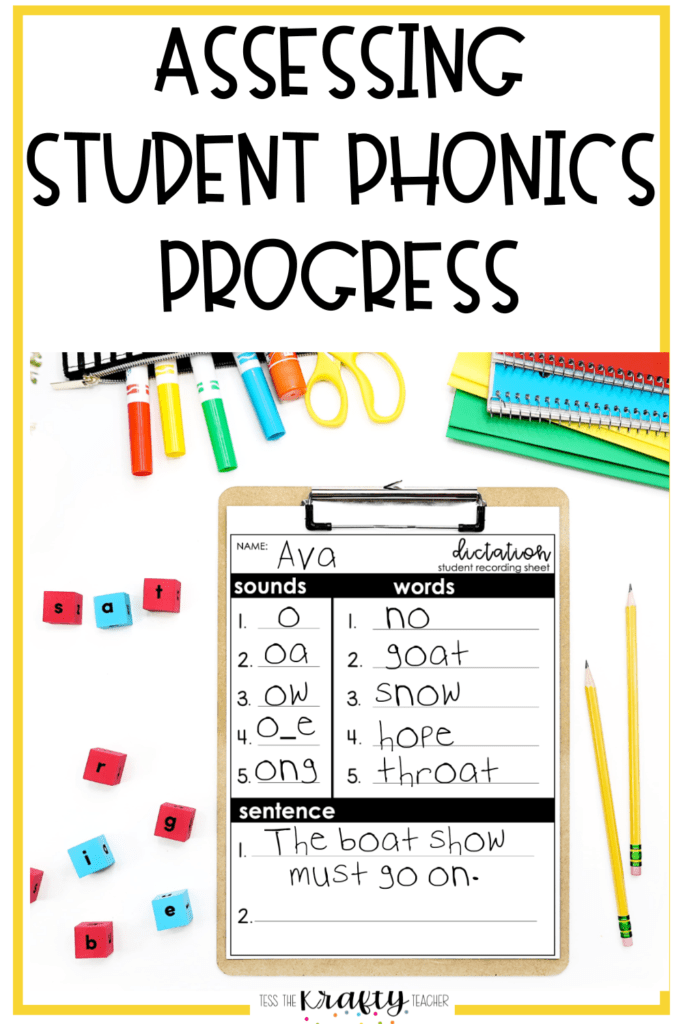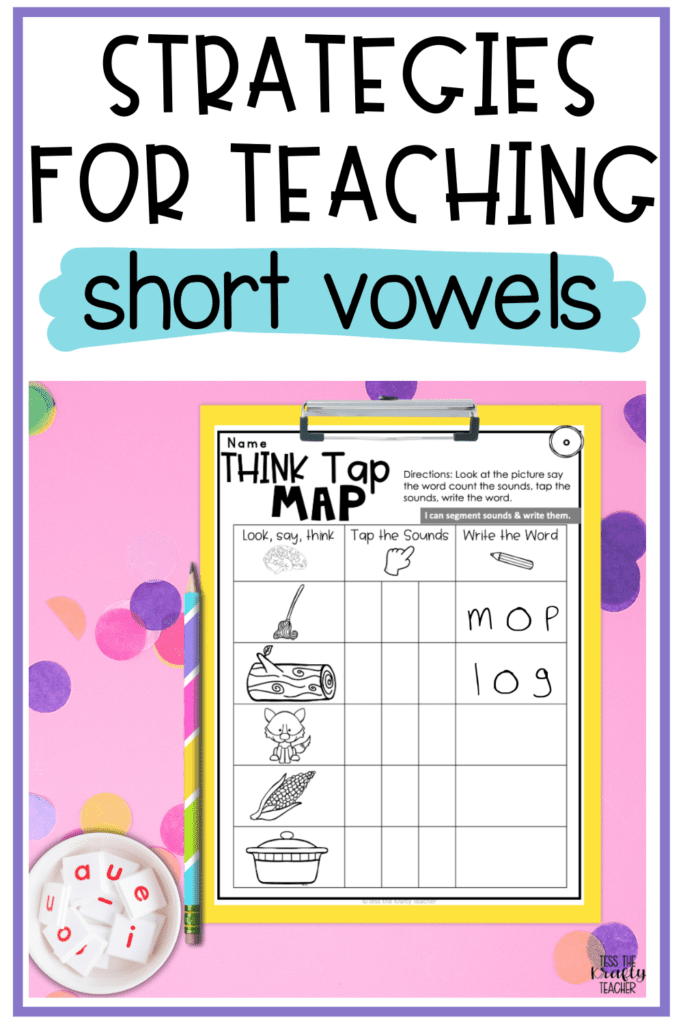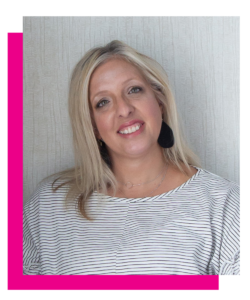Today I am sharing 5 strategies for Spelling as well as examples and resources for them. Some of the information in this blog post comes from the Article: Connecting Developmental Word Study with Classroom Writing by Karin L. Dahl et al. published in The Reading Teacher Vol. 57 No. 4 Dec 03/Jan04. The article provides much of the why but not always the how or what to use.
The first strategy is focusing on sounds. Plain and simple phonics. The more phonics rules and patterns students know the better they can spell using orthographic mapping.
The second strategy is making connections. This includes using word families and starting with familiar chunks. This is also related to orthographic mapping.
The third strategy is visualizing. This is obviously a great strategy for your visual learners and has two main parts. Remembering words from books and picturing the word.
The fourth strategy is combining information. As you may have guessed this one is about using more than one strategy or having a strategy routine.
The fifth and final strategy is reflecting. This includes checking the spelling including things like reversals forgotten endings correct tense and such. I find this is the hardest strategy for students to do with their own spelling and writing. However, it is a very important one for the writing process. Spelling words correctly in context and being able to catch ones that are incorrect in the editing step of the writing process is key to being a proficient writer.












